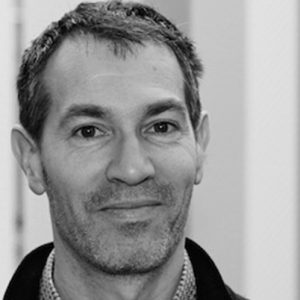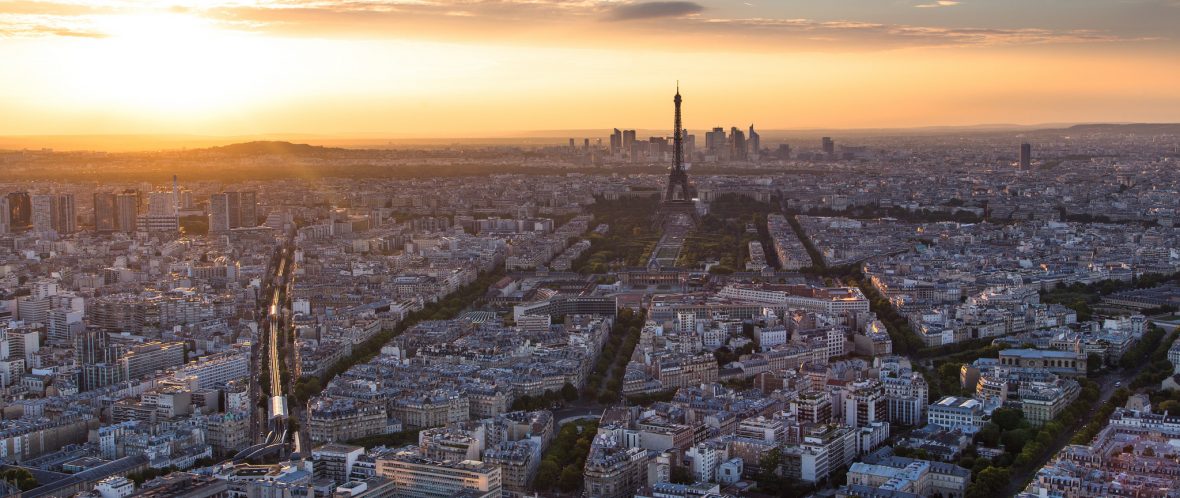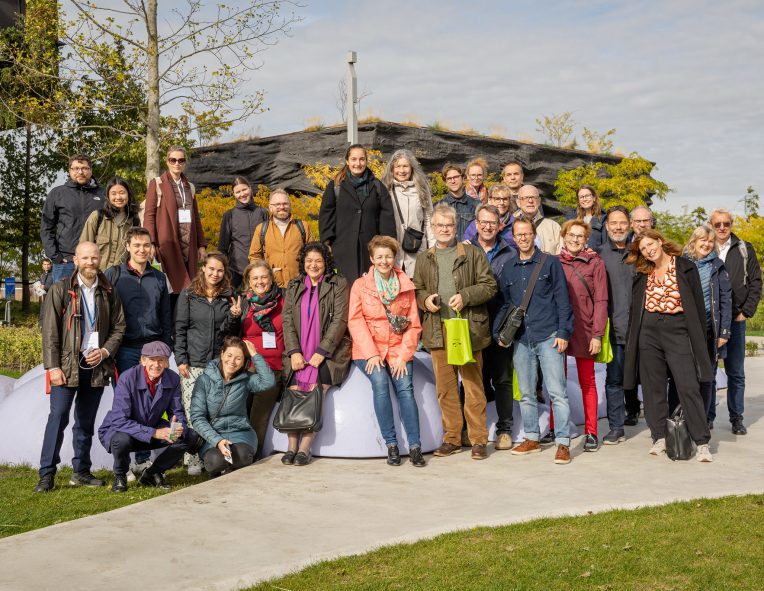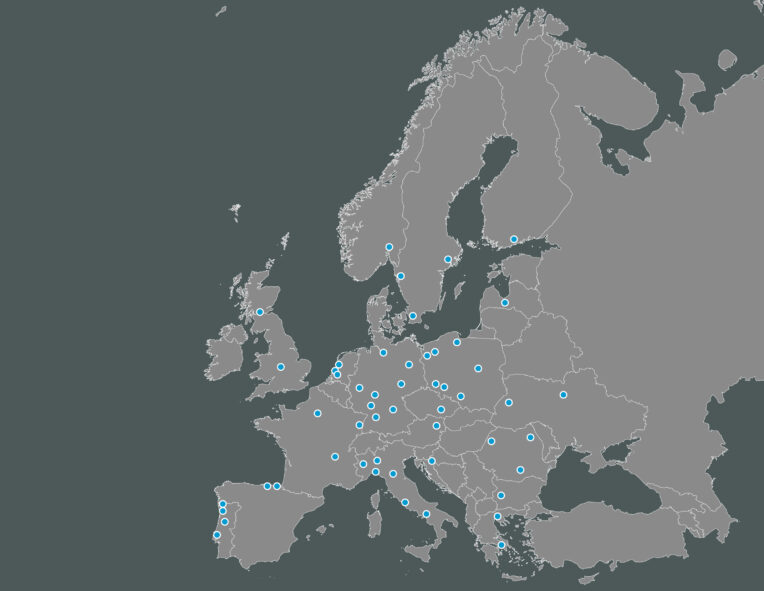15, rue Falguiere
75740 PARIS cedex 15
France
Image of Paris by Joe Parks via Flickr
Primary METREX contacts

Key documents
Major projects
Dynamics of the Paris Region economy
Over the last 10 years, two major factors have changed the Paris Region economy and its territories: the economic crisis and structural transformations.
Read moreSustainable Airport Areas
International airports and their surrounding areas are of increasingly strategic importance for the development of the metropolitan regions they serve. They are also evolving and becoming distinctive economic and urban places in their own right.
At the same time, airport activity has a significant impact on the surrounding environment and generates negative externalities such as air pollution, noise, traffic congestion or agricultural land consumption.
Read moreMore and more cycle routes in the Île-de-France region
The introduction of cycle routes in the Paris region has risen steadily since 2010, with over 3,500km of cycle ways in use today; the result of local and regional policies encouraging bicycle use. The region’s grande couronne (outer ring) is also catching up to central Paris; 35-45% of these cycle routes are located within the planned Grand Paris metropolitan area.
Read moreDigital technology and the environment: striking the right balance
Although digital technologies provide innovative responses to environmental challenges, they continue to place huge pressure on resources and on the environment. The challenge is how to reduce the negative impact of digital technologies and increase their positive effects on the environment.
Read more
Planning issues
The Paris Region’s 2030 development master plan: a social blueprint to be shared
The Paris Region’s development master plan for 2030 (SDRIF 2030), approved on 27th December 2013, was drawn up by the Paris Region in conjunction with the French state and involved numerous planning players in the region. It sets out the conditions for creating a pleasant, attractive, socially integrated and robust region. The wealth of technical detail in the document illustrates the complexity of the issues at a time of global, social, economic and environmental challenges.
This is a project that affects us all and one that will defi ne our living environment between now and 2030, so it is essential to help people understand it and take ownership of it. As the project manager for the drawing up of the SDRIF, the Paris Region Development and Urban Planning Institute (IAU îdF) has been tasked with participating in disseminating the plan, helping people to understand it and monitoring its implementation. It is therefore publishing this Note rapide as a general introduction to the plan.
Read moreImplementation of the Greater Paris Region master plan. 2014 report: monitoring methodology
The Geat Paris Region master plan (SDRIF 2030) is the reference framework up until 2030 for
public policies and all the actors involved in land-use planning. In order to respond to the
rapid changes of our society, its objectives may be subjected to adjustments consistent with
a vivid and diligent planning.
This is why a fi rst assessment of the master plan will take place in 2019, fi ve years after its approval. It will be performed at a convenient time, one year before the revision of numerous plans and regional programs. This evaluation will assess the effects of the regional project and will integrate an analysis of the evolution of the global context, taking into account an implementation of a necessary partnership, respecting the French principle of non-supervision between the different communities.
Read moreTemporary urbanism: planning differently
Temporary urbanism covers any initiative on unoccupied land or buildings that aim to revitalise local life before development occurs (see diagram on p. 2). The opening up of possibilities on such sites generates innovation, creativity and often mixed-uses. The perspective is an open, co-constructed city that meets the needs of its residents, workers, students, etc. Temporary urbanism takes possession of empty buildings as well as urban development project areas or vacant land as part of either all-at-once multisite strategies or as part of one-site-at-a-time strategies.
Read moreRethinking post-carbon cities – From expressways to boulevards
In the post-carbon city, what should we do with urban expressways inherited from post-war automobile-oriented thinking? This is a subject of hot debate and exciting projects. Converting these arteries into boulevards opens up prospects for re-thinking city planning, public space, mobility and sustainability.
Read more



